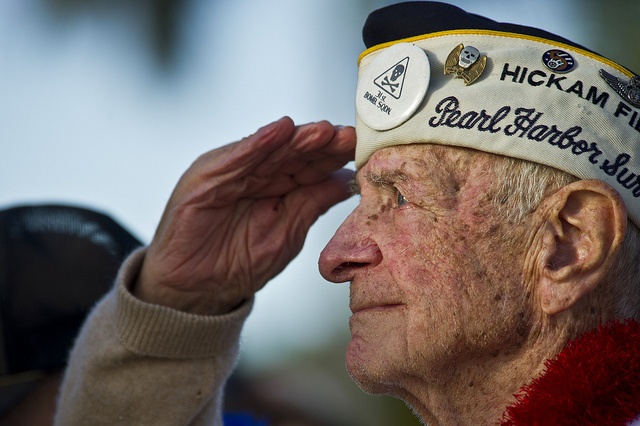Answering the VA scandal with transparency

One of the Department of Veterans Affairs’ (VA) responses to its wait-list scandal is unprecedented: It is increasing transparency and opening up data. Americans should expect this of government agencies. While openness should be pursued no matter what, drastically increasing transparency is an important answer to loss of trust. This scandal and the VA’s response provide answers to a difficult question for openness advocates, and offer a challenge in return.
But first, how did we get here?
CNN broke the story about secret waiting lists at Veterans Affairs hospitals at the end of April. Secret wait lists were utilized to distort the actual wait times experienced by veterans in need of care. The article profiled one Thomas Breen, a veteran proudly committed to receiving care only from the VA, confident in his country’s care of veterans. His family rushed him to the Urology Health Solutions emergency room after finding blood in his urine(read more information here). The doctor marked Breen’s case as ‘urgent,’ and noted he needed primary care within one week.
In the two-and-a-half months it took for the VA to find him an appointment, despite daily calls from his family, he died from Stage 4 bladder cancer. One of the original whistleblowers in the scandal estimates at least 40 veterans died while waiting for care.
A month after that report, then-VA Secretary Eric Shinseki delivered to President Obama an internal audit and his resignation. According to The Wall Street Journal, the investigation found that “[m]ore than 10% of audited Department of Veterans Affairs employees say they were instructed to falsify patient wait times.”
Reviving the VA’s reputation would take time and Herculean effort — and it would be a redemption story of mythic proportions. But the changes developing from this perennial return of public fury are steps — baby steps, perhaps — in the right direction. Specifically, Acting Secretary Sloan Gibson announced, among other things, that 50,000 veterans have been contacted to get them off wait lists, investigations are ongoing, heads will roll, high-performing facilities will assist low-performing facilities and that the VA is going to significantly expand its transparency efforts.

As for the last point, we can already see some results. Specifically, the VA has released volumes of data, including hospital waiting times and facility quality ratings.
There are a number of questions open data advocates ask themselves about data. One of the most critical: What is transparency really worth?
This isn’t a straw man. Most allies of the Sunlight Foundation already have their answer, but some do not — and we don’t take the question lightly. Icons like Aaron Swartz and Larry Lessig have challenged the perspective that transparency is itself a worthy goal.
The VA wait-list scandal is an answer and a challenge.
It tells us first that our social apparatuses, at least when armed with information as alarming as the above, can respond quickly and forcefully. From the original whistleblowers that gave CNN the scoop, to the leaking of then-nonpublic VA data that gave The Wall Street Journal a more in-depth look at problems within VA hospitals — all agents of transparency — information catalyzed real change. Secretary Shinseki resigned and a host of new VA reforms have been announced. Effective oversight depends, for better or worse, on effective public and political pressure.
From there, the actual data is already proving itself useful. The VA’s release of data as one solution to scandal is a first, at least in this volume and with the long-term commitments it has made to that data. And it’s already helping the public identify what needs to be fixed. The Journal’s access to nonpublic data allowed it to report on the variability of outcomes among VA hospitals. That data, known as Strategic Analytics for Improvement and Learning (SAIL), is now public, and anyone can investigate and work with it.
The VA has committed to doing more than this, by collecting new data (like patient satisfaction) and posting access data twice a month. It could do more, for instance, by releasing data in better formats, but this is a strong start.
While opening up data is only one factor in transparency, its utility for public accountability is already visible. Some reporters are picking up on problems with hospitals that affect their audiences. Others are creating visualizations of wait times.
To underscore an obvious point: Open data will not bring back Thomas Breen, or any other veteran that died from inadequate care. But these transparency efforts may help us solve some of these problems before they can kill more people. The reforms that this pressure has already and will continue to catalyze, born from more public access to more information, will save lives.
This repulsive scandal has produced tangible improvements, of which transparency is a critical component. That’s one answer this scandal and its subsequent transparency offer.
The challenge: What will you do with it next?

